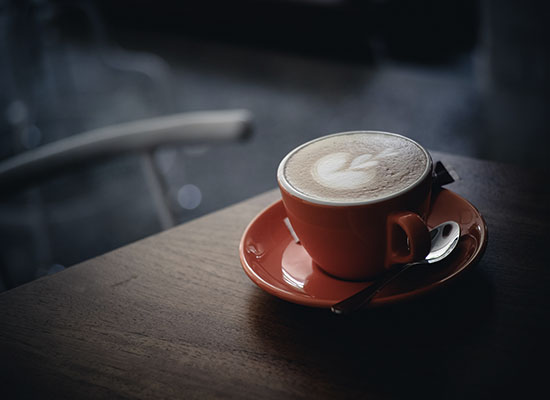
Hasbeans uses a micro roaster, giving us infinite control over the process. Roasting is one of the main events that determine the final characteristics in coffee. And roasting techniques can either enhance or ruin an excellent coffee.
Roasting is time and temperature dependent, where the physical and chemical changes are induced in green coffee. The final temperatures of the beans will range from 435 to 480 (degrees Fahrenheit). As the green (unroasted) coffee temperature gradually rises, its color changes to yellow and then, as the sugars caramelize, on to the final degree of brown desired. Taken to a very dark roast, these sugars begin to carbonize.
As the coffee is raised in temperature to the boiling point, turning the moisture to steam, it bursts the cellular structure of the beans, making an audible crack (not unlike popcorn) causing an increase in size of 40–60%. This loss of moisture along with other volatile compounds causes a 14–25% loss of weight. During roasting coffee loses some protein, about 10–15% of its caffeine and traces of other chemicals.
When coffee reaches the correct temperature for the desired roast it must be quickly dumped and cooled to prevent further development. Most commercial roasters use water at this point. However, Hasbeans quenches with cold air—thus preserving the coffee oils and containing much more of the flavour.
2018
- 2,656
- 0
